Panel show: we quiz Venezuelan artist Ricardo Alcaide about his show exploring urban borders
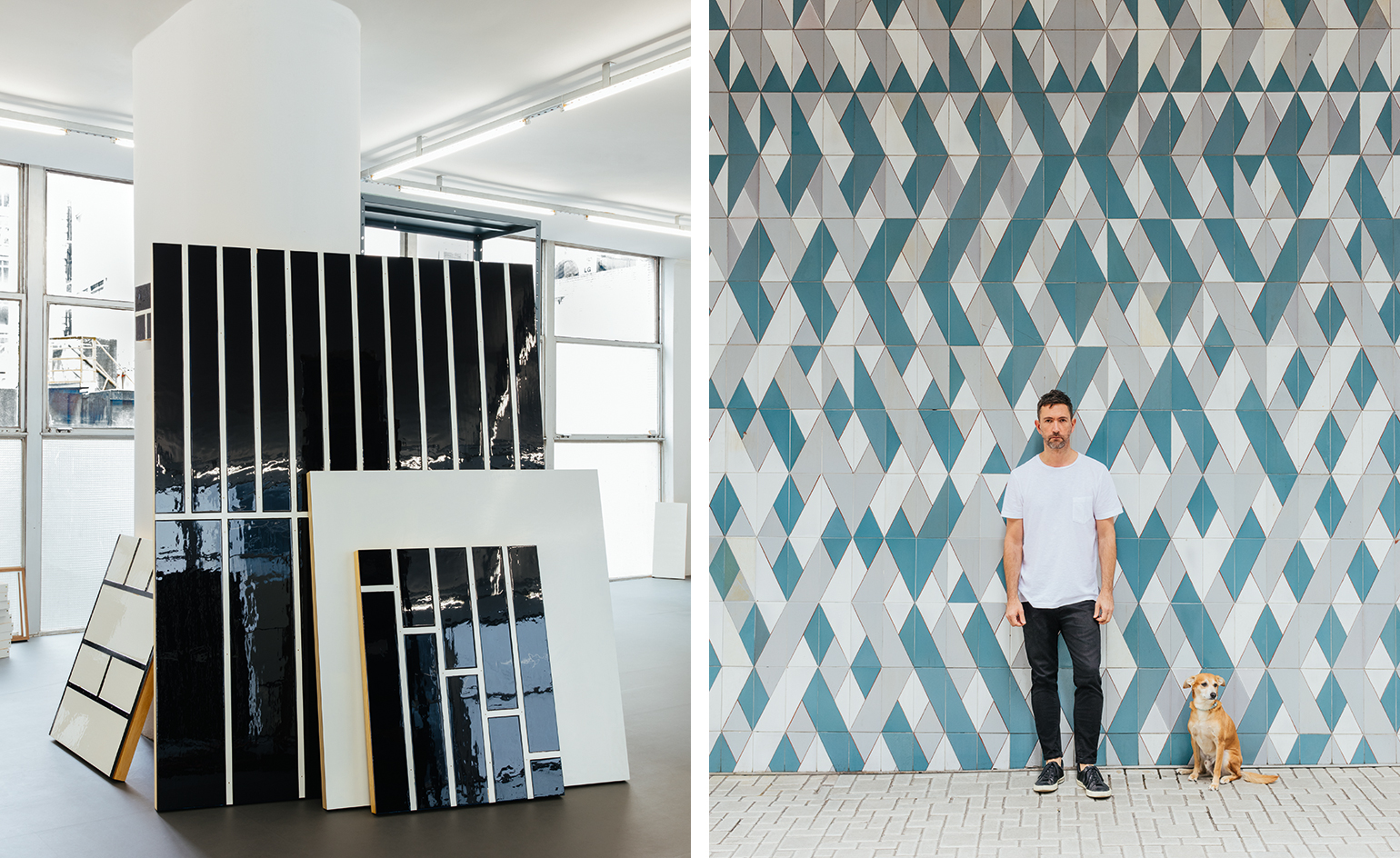
Ricardo Alcaide’s fascination with urban architecture runs deep. His work considers buildings as physical manifestations of complexity, contrast and tension, looking beyond the structure and aesthetics of the built environment, and taking on its relationship to local social and economic realities. The Venezuelan artist has spent years immersing himself in the environments of capital cities Caracas, London and Madrid, and more recently São Paulo, where he now lives.
As he prepares to stage a major as-yet-untitled exhibition at the von Bartha gallery in Basel, Alcaide is in an introspective mood, musing on the show’s theme of interrupted space: ‘I have been working around issues of urban spatial conflicts. Also instability; spatial interaction, inclusion and exclusion, boundaries not only physical but also sociological and psychological.’
He explains that barriers and blockages will be a key focus of the show, examined through an abstract lens. Working across a range of mediums, from paintings and collages to sculptures and large-scale installations, most of the artworks on display will be created especially for the exhibition, the inaugural show in von Bartha’s freshly renovated space. ‘All the pieces will complement each other, and some have been created specifically for the gallery. I intend to create pieces that are in conversation with the space itself,’ Alcaide explains. He is particularly excited about a new work of a kind he has never worked on before, combining cast concrete with colourful small-format monochromes – also untitled.
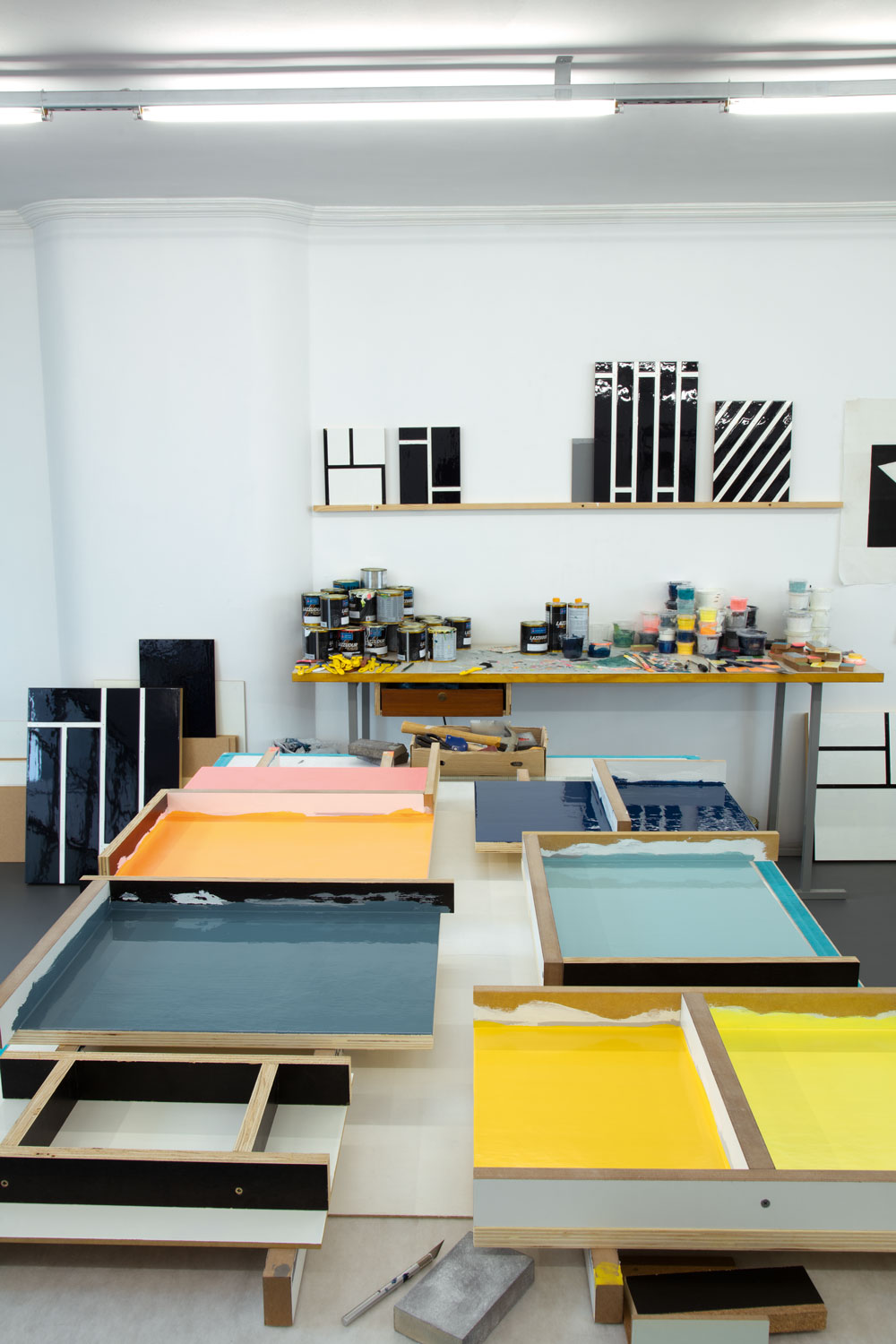
Alcaide has been busy on a new kind of work which involves combining cast concrete with colourful small-format monochromes
On entering the gallery, the first architectural barrier visitors will encounter is a floor installation formed of approximately 700 painted bricks, obstructing both the space and the exhibition itself – it will have to be physically crossed to gain access to the show. Alcaide’s stark industrial panel pieces will also feature heavily, endowing discarded construction materials with a new functionality. Applying industrial polyurethane paint to MDF boards, shiny rock-hard surfaces are produced that reveal every mark of his process. These are among the most challenging artworks made for the exhibition, he explains, as ‘the process involves a great deal of manipulation I have to do on my own. Also, working with a polyurethane paint with a catalyser creates loads of tense moments: one mistake can spoil hours or even days of work.’
Another installation sees Alcaide repurpose commonplace metal shelving, introducing an artistic dimension to an otherwise ‘empty’ structure with created elements placed alongside found objects, many of which he sources from around São Paulo. ‘I find things out of the blue and have a very immediate response,’ he says. ‘I see beauty in meaningless-looking objects. In São Paulo there are construction sites everywhere, with caçambas [skips] full of rubbish.
I always look inside to see what they have for me.’ Those familiar with Alcaide’s art will be aware of his long-running fixation with modernist architecture, particularly that of Latin America. A fundamental aspect of his personal and cultural heritage (he cites Gio Ponti’s 1956 Villa Planchart in Caracas as a key inspiration), the complex relationship Alcaide has with the movement has heavily influenced much of the work he has produced in recent years. His studio, located in the heart of São Paulo among residences, offices and more deprived areas, puts Alcaide on the front line of the vast city’s complicated social system. Describing an anarchic no-man’s land of restricted zones, lawless communities and homeless citizens, who, deprived of help from the government, occupy the city’s empty buildings, he says, ‘The centre of São Paulo is a portrait of many different things at the same time –what I produce comes straight from these frictions’.
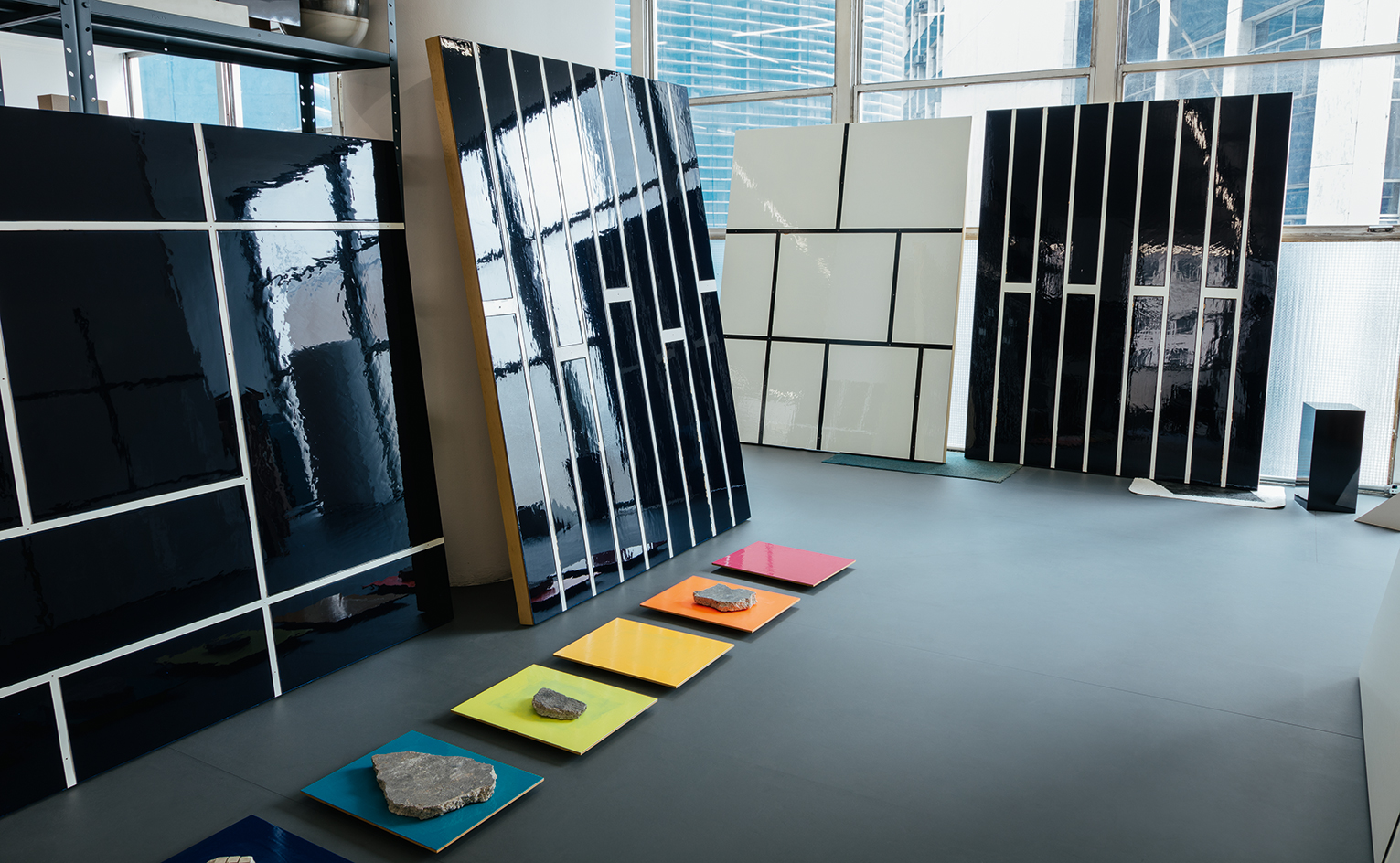
Alcaide’s black panel paintings will appear in a new show in Basel next year
Pointing to the shelving compositions and panel paintings, he says, ‘Both works have strong modernist architecture references but represent urban conflict language. The exhibition is not only about barriers; it’s also about the tiredness of so-called progress.’ He pauses. ‘A lot of people say my work is about the failure of modernism, but that’s not what I want to say. My mixed feelings give a more realistic dimension to the discussion. The work sits in-between the idealism and the reality of modernism, creating tension.’
Does Alcaide define himself as a political artist? ‘I wouldn’t describe myself as political, but my work does contain indirect political elements, because it is part of the subjects that concern me most. I am very critical of my immediate surroundings and constantly challenged by them.’ Another pause. ‘This can be inspiring or disconcerting… but it makes me think.’
The von Bartha exhibition will be followed by participation in selected international art fairs and a small solo project at ArtGenève. But it’s spending time in his São Paulo studio that Alcaide is really looking forward to, accompanied by his dog Nacho. He is cheerfully laissez-faire about the future. ‘I never know what will come next. All I need to do is pay attention to everything around me until I see a sign to follow.’
As originally featured in the January 2017 issue of Wallpaper* (W*214)
INFORMATION
Ricardo Alcaide’s exhibition is showing at Von Bartha Basel from 13 January-18 March. For more information, visit the Von Bartha website
ADDRESS
Kannenfeldplatz 6
4056 Basel
Receive our daily digest of inspiration, escapism and design stories from around the world direct to your inbox.
-
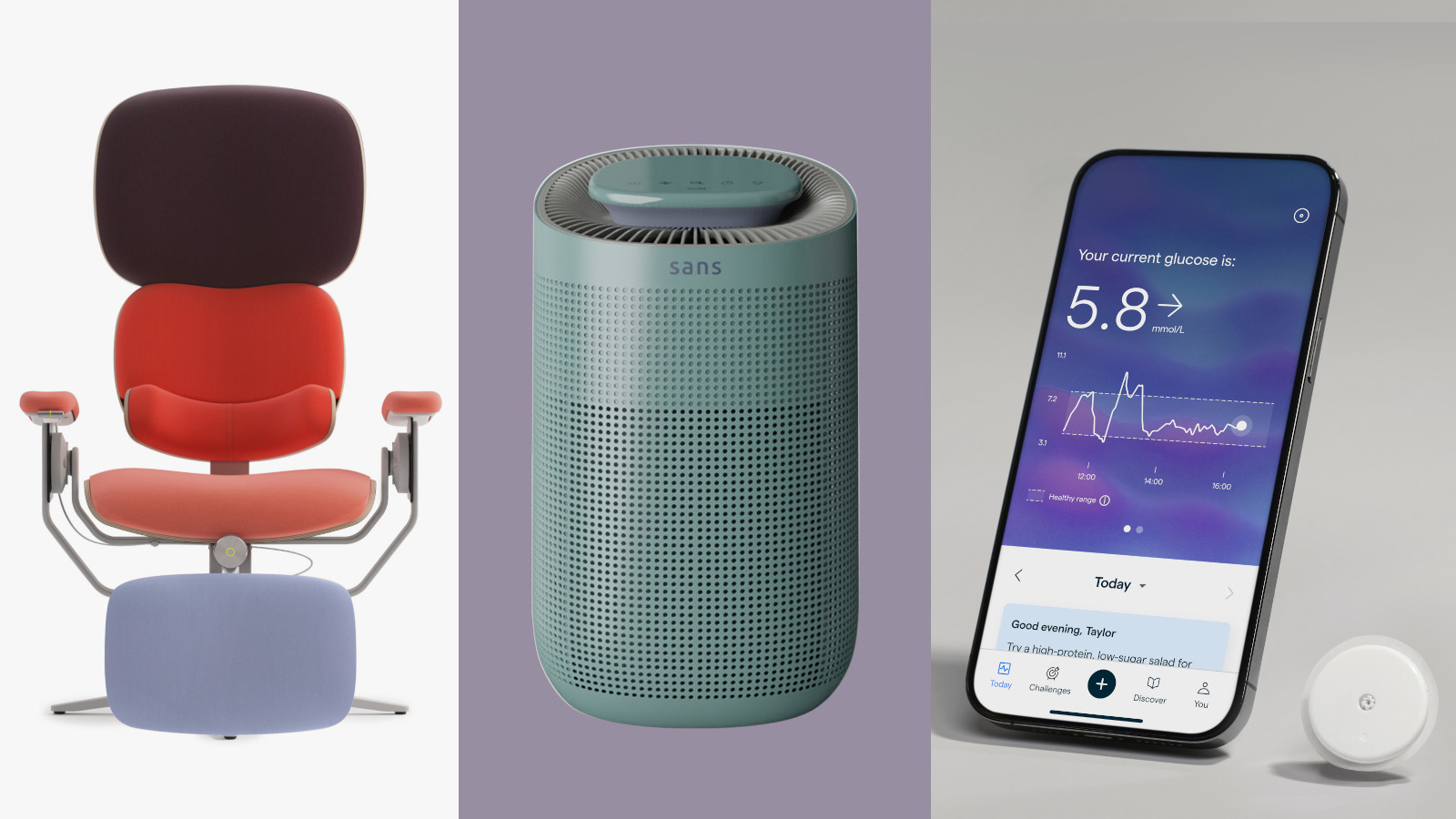 New tech dedicated to home health, personal wellness and mapping your metrics
New tech dedicated to home health, personal wellness and mapping your metricsWe round up the latest offerings in the smart health scene, from trackers for every conceivable metric from sugar to sleep, through to therapeutic furniture and ultra intelligent toothbrushes
-
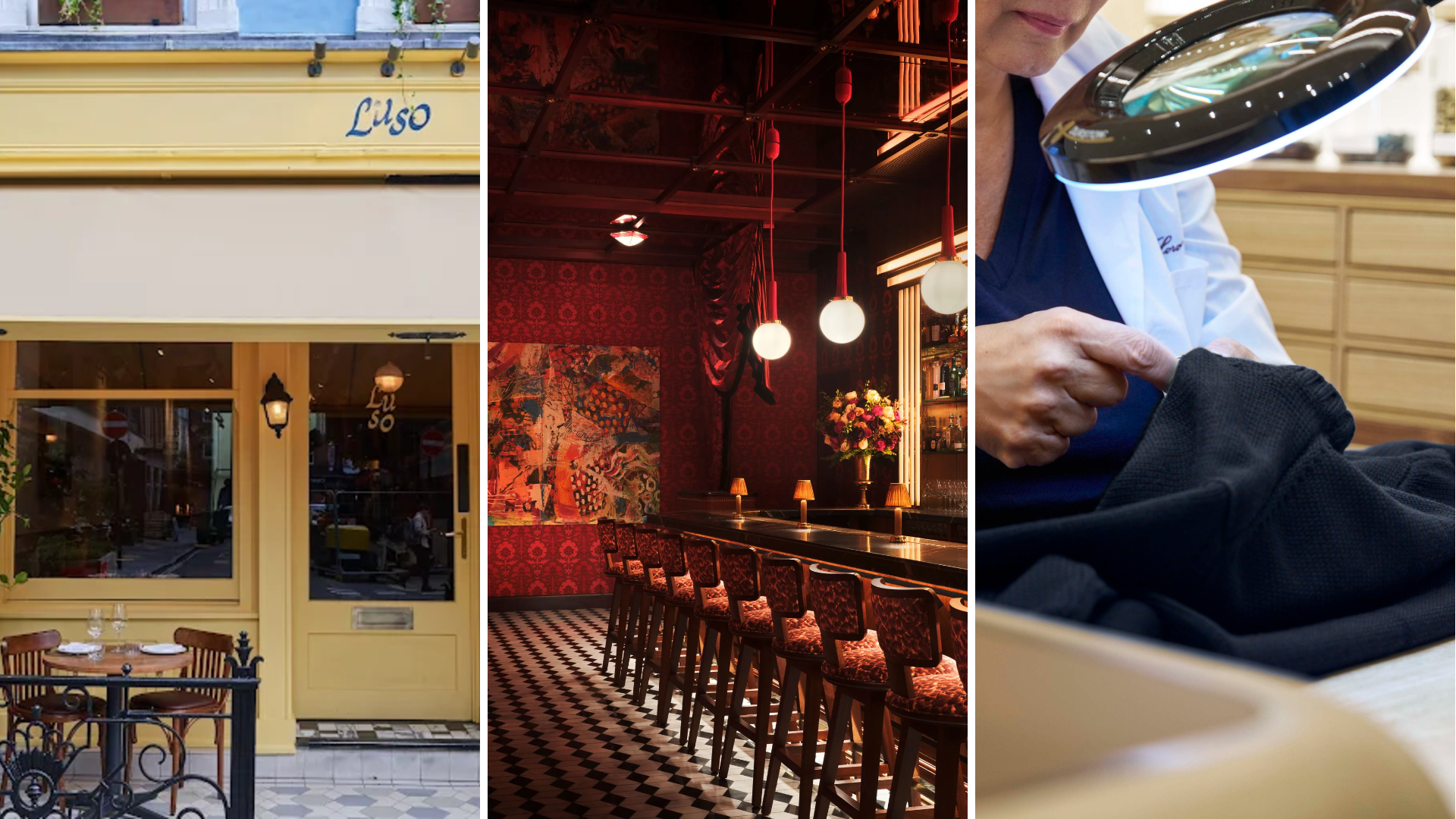 Out of office: The Wallpaper* editors’ picks of the week
Out of office: The Wallpaper* editors’ picks of the week'Tis the season for eating and drinking, and the Wallpaper* team embraced it wholeheartedly this week. Elsewhere: the best spot in Milan for clothing repairs and outdoor swimming in December
-
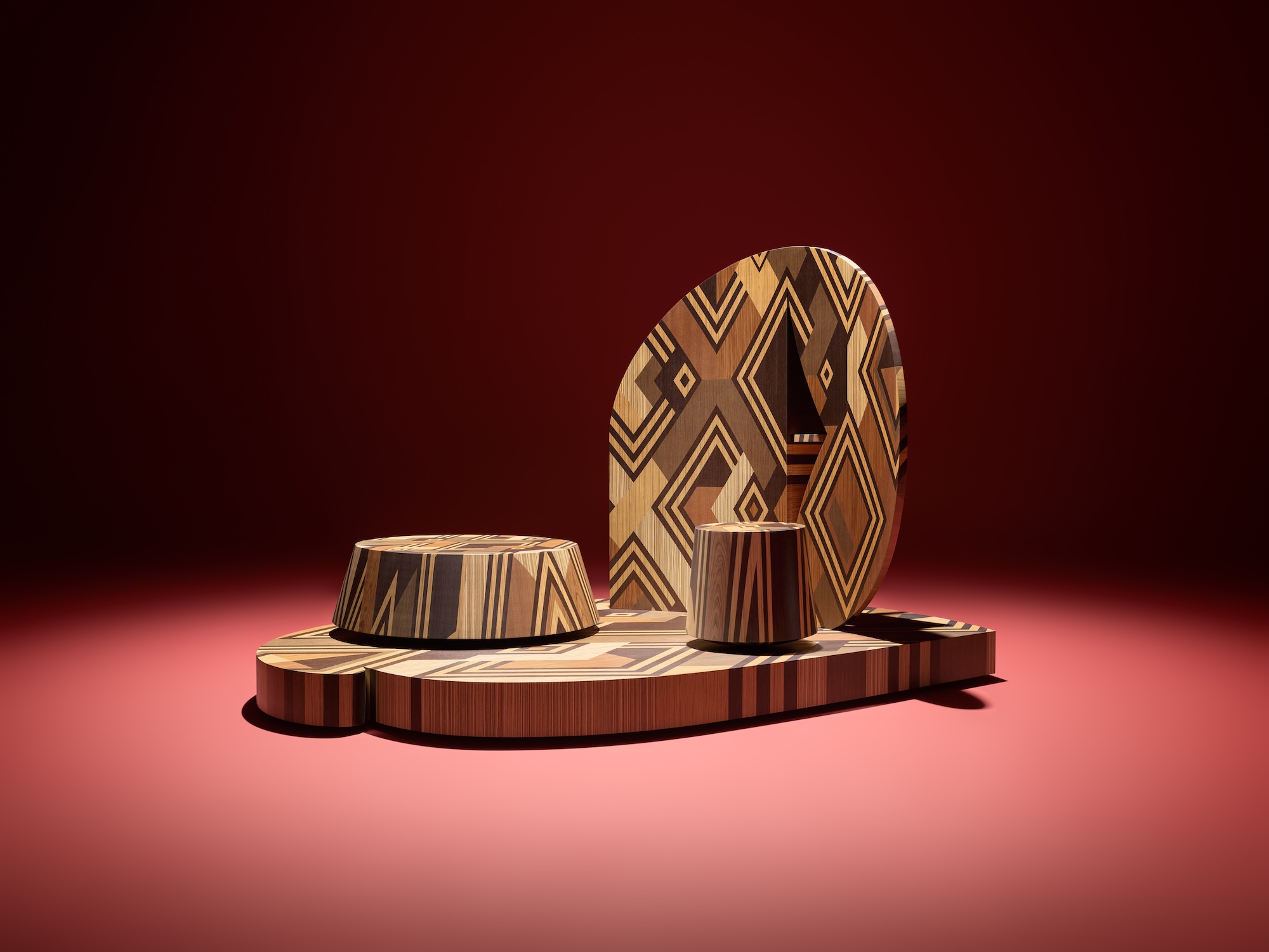 How Stephen Burks Man Made is bringing the story of a centuries-old African textile to an entirely new audience
How Stephen Burks Man Made is bringing the story of a centuries-old African textile to an entirely new audienceAfter researching the time-honoured craft of Kuba cloth, designers Stephen Burks and Malika Leiper have teamed up with Italian company Alpi on a dynamic new product
-
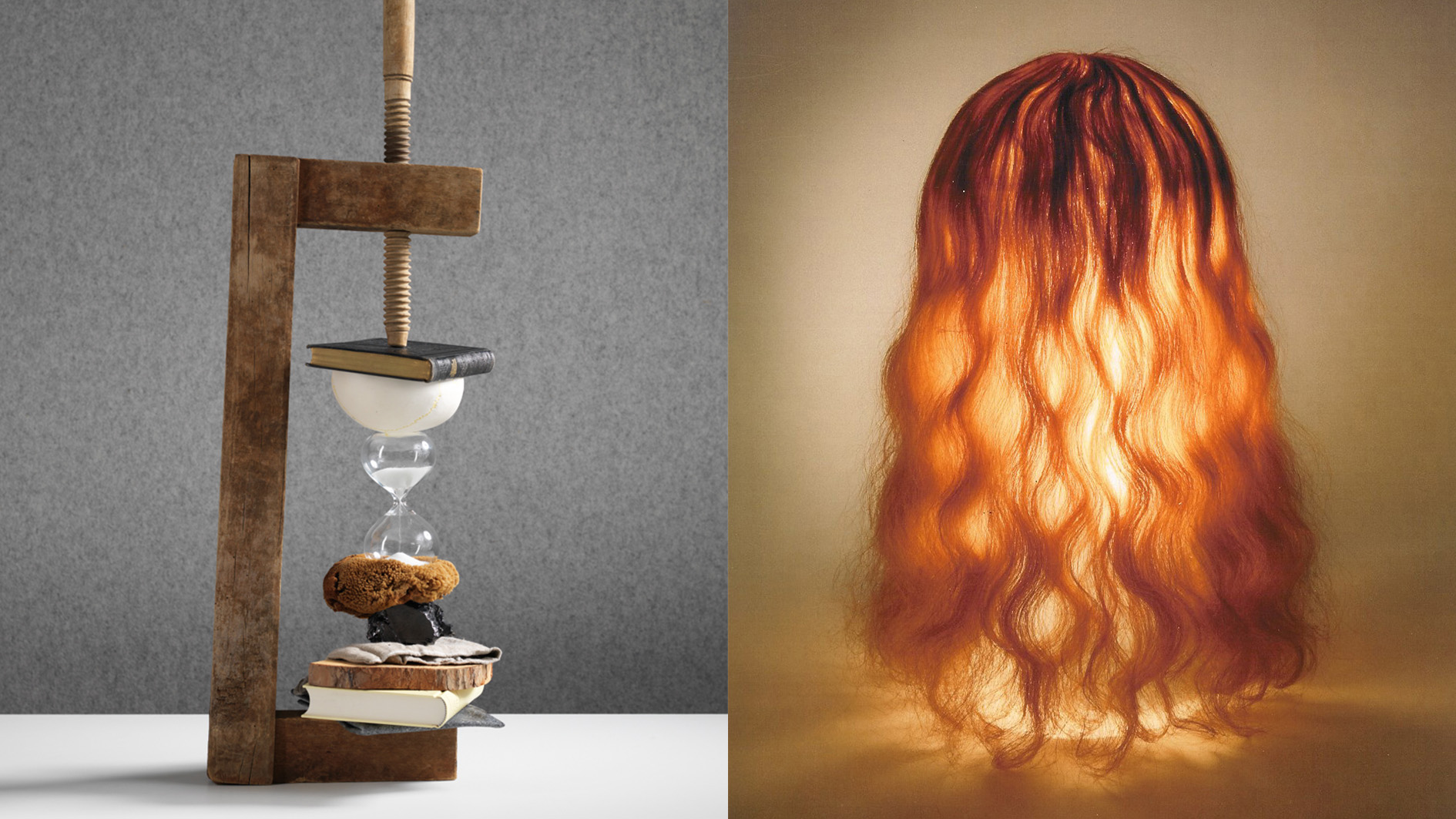 Rolf Sachs’ largest exhibition to date, ‘Be-rühren’, is a playful study of touch
Rolf Sachs’ largest exhibition to date, ‘Be-rühren’, is a playful study of touchA collection of over 150 of Rolf Sachs’ works speaks to his preoccupation with transforming everyday objects to create art that is sensory – both emotionally and physically
-
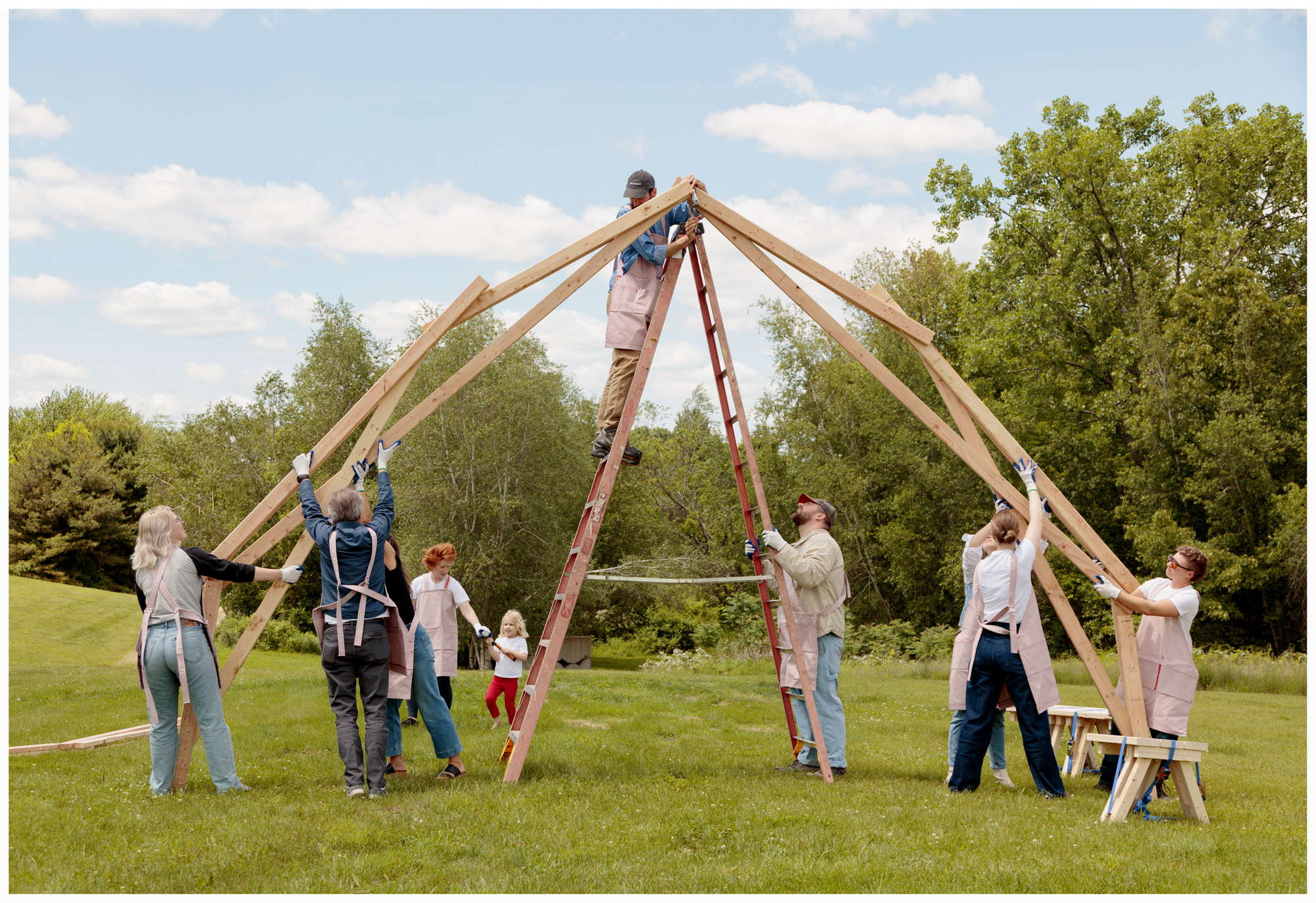 Architect Erin Besler is reframing the American tradition of barn raising
Architect Erin Besler is reframing the American tradition of barn raisingAt Art Omi sculpture and architecture park, NY, Besler turns barn raising into an inclusive project that challenges conventional notions of architecture
-
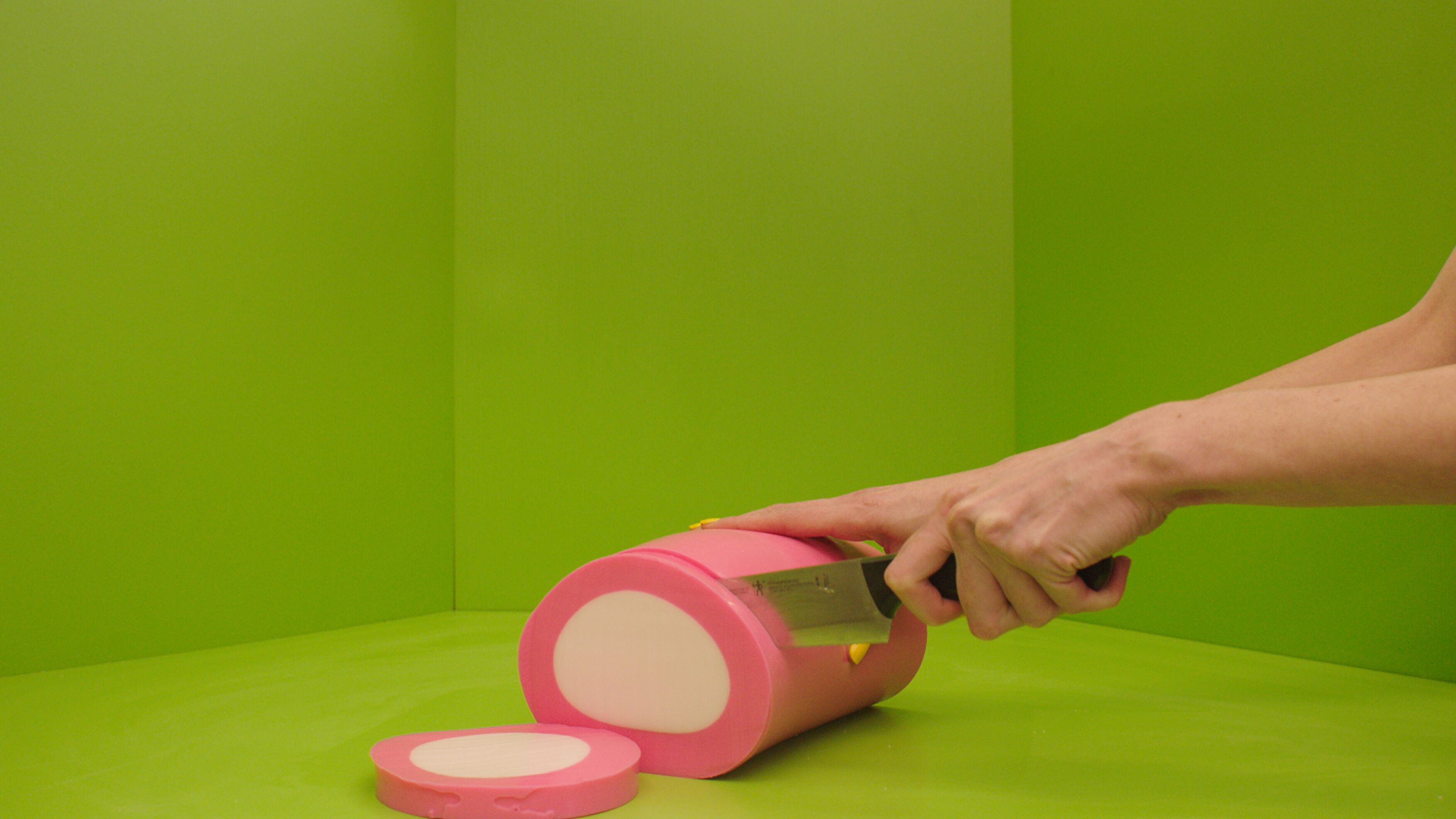 What is recycling good for, asks Mika Rottenberg at Hauser & Wirth Menorca
What is recycling good for, asks Mika Rottenberg at Hauser & Wirth MenorcaUS-based artist Mika Rottenberg rethinks the possibilities of rubbish in a colourful exhibition, spanning films, drawings and eerily anthropomorphic lamps
-
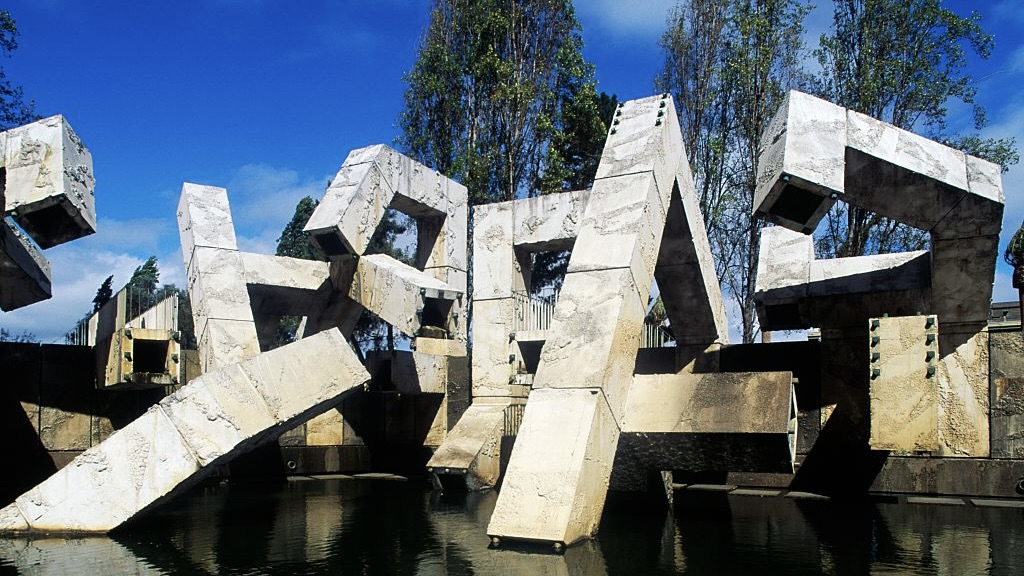 San Francisco’s controversial monument, the Vaillancourt Fountain, could be facing demolition
San Francisco’s controversial monument, the Vaillancourt Fountain, could be facing demolitionThe brutalist fountain is conspicuously absent from renders showing a redeveloped Embarcadero Plaza and people are unhappy about it, including the structure’s 95-year-old designer
-
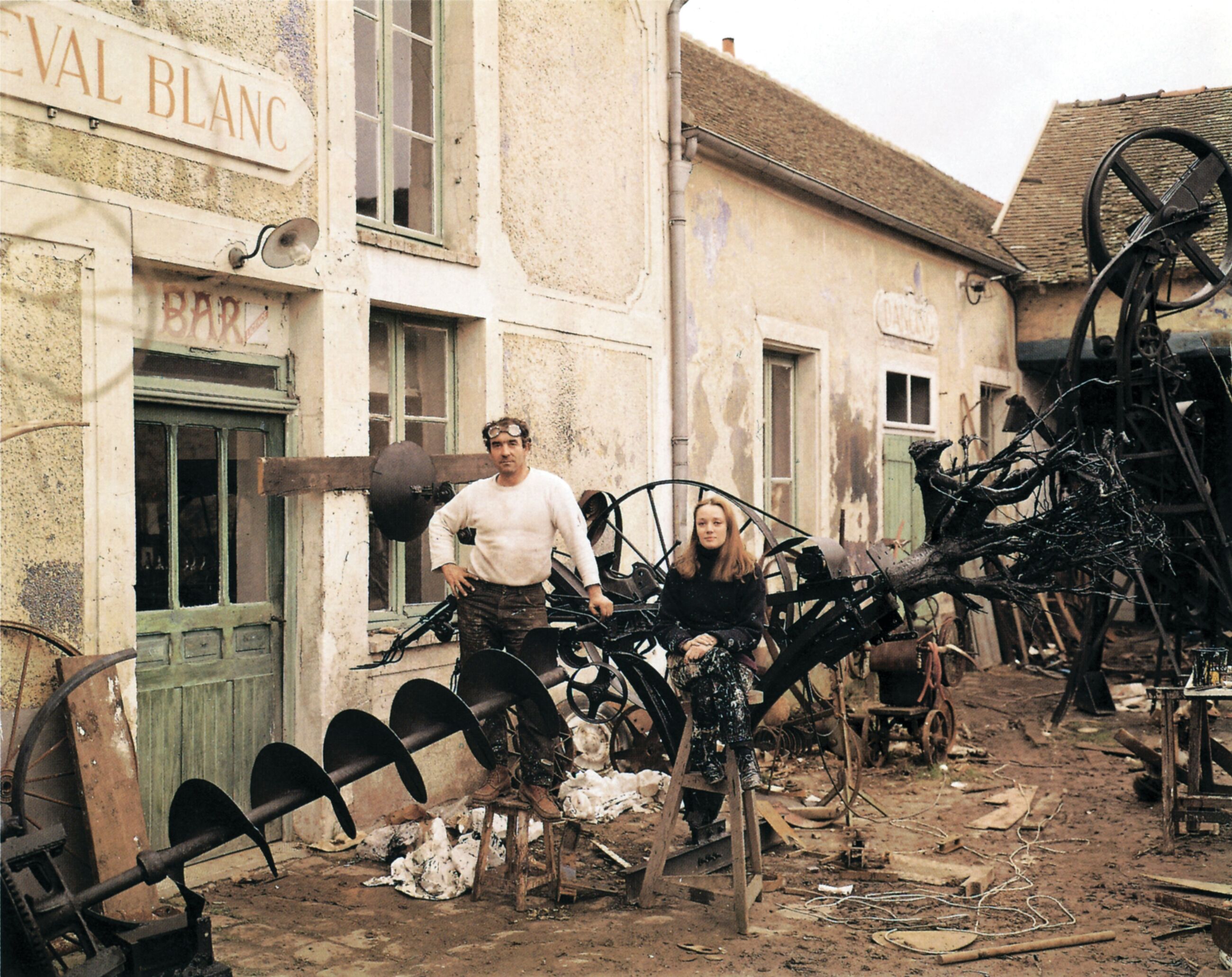 See the fruits of Niki de Saint Phalle and Jean Tinguely's creative and romantic union at Hauser & Wirth Somerset
See the fruits of Niki de Saint Phalle and Jean Tinguely's creative and romantic union at Hauser & Wirth SomersetAn intimate exhibition at Hauser & Wirth Somerset explores three decades of a creative partnership
-
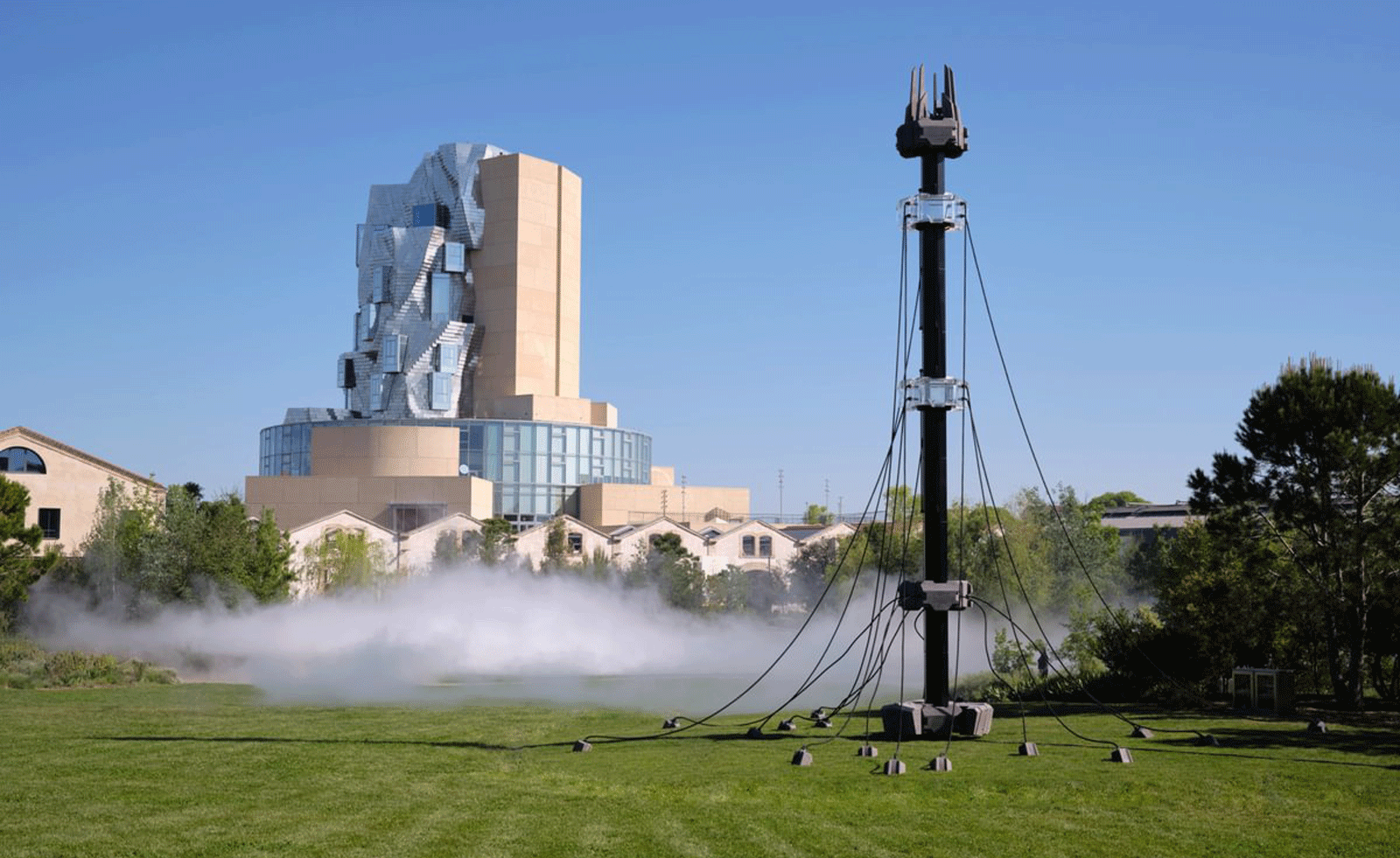 Technology, art and sculptures of fog: LUMA Arles kicks off the 2025/26 season
Technology, art and sculptures of fog: LUMA Arles kicks off the 2025/26 seasonThree different exhibitions at LUMA Arles, in France, delve into history in a celebration of all mediums; Amy Serafin went to explore
-
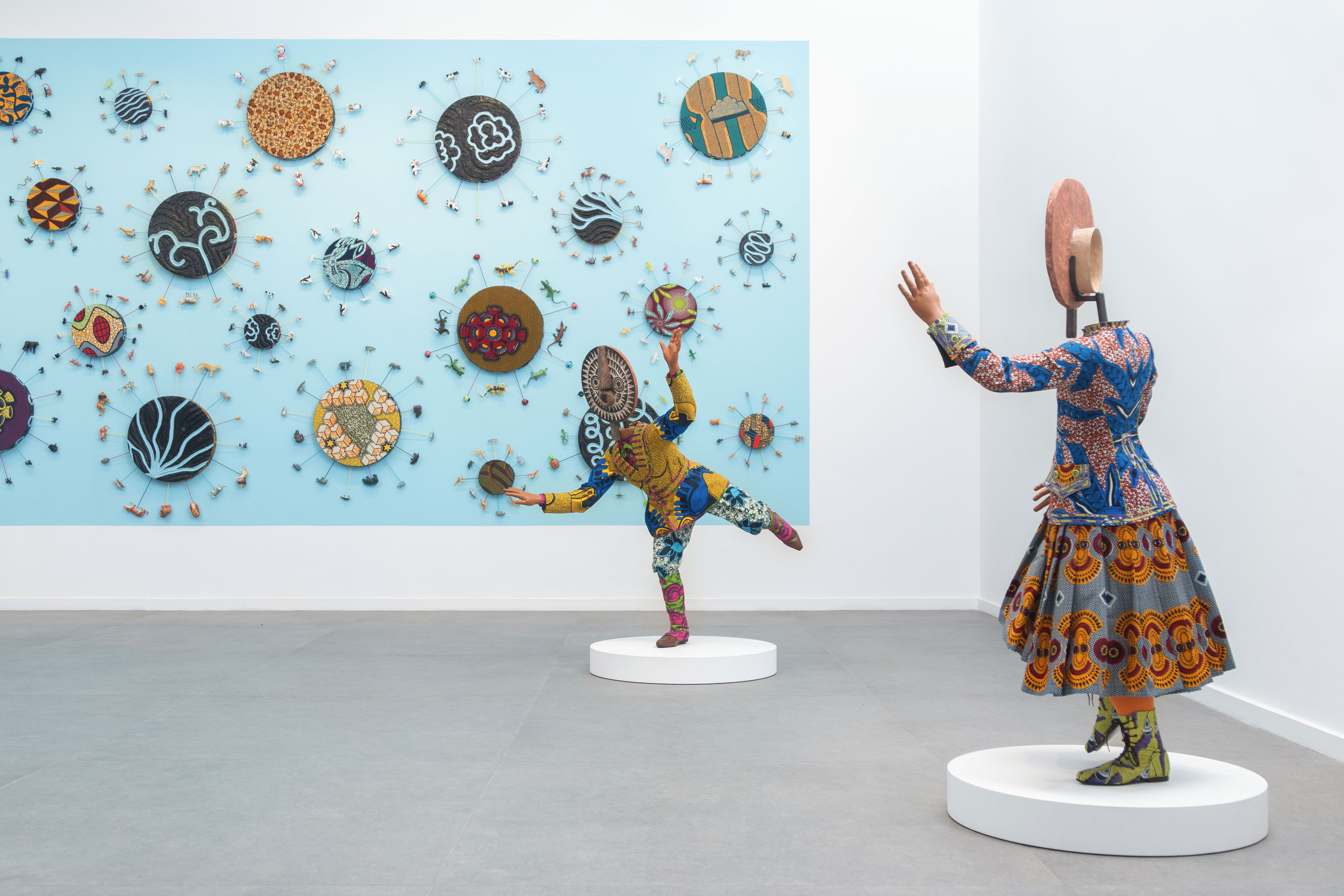 Inside Yinka Shonibare's first major show in Africa
Inside Yinka Shonibare's first major show in AfricaBritish-Nigerian artist Yinka Shonibare is showing 15 years of work, from quilts to sculptures, at Fondation H in Madagascar
-
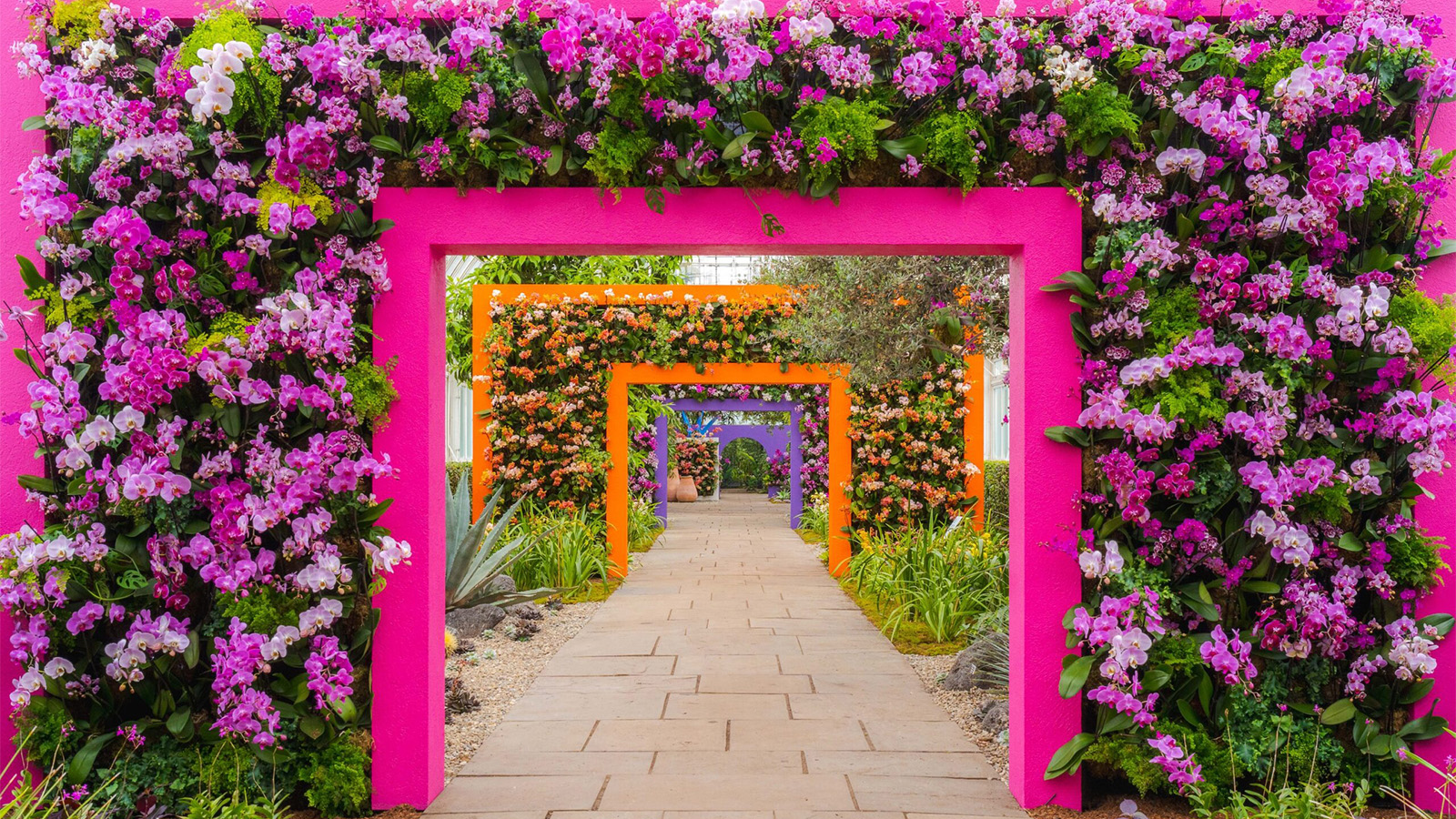 This rainbow-coloured flower show was inspired by Luis Barragán's architecture
This rainbow-coloured flower show was inspired by Luis Barragán's architectureModernism shows off its flowery side at the New York Botanical Garden's annual orchid show.